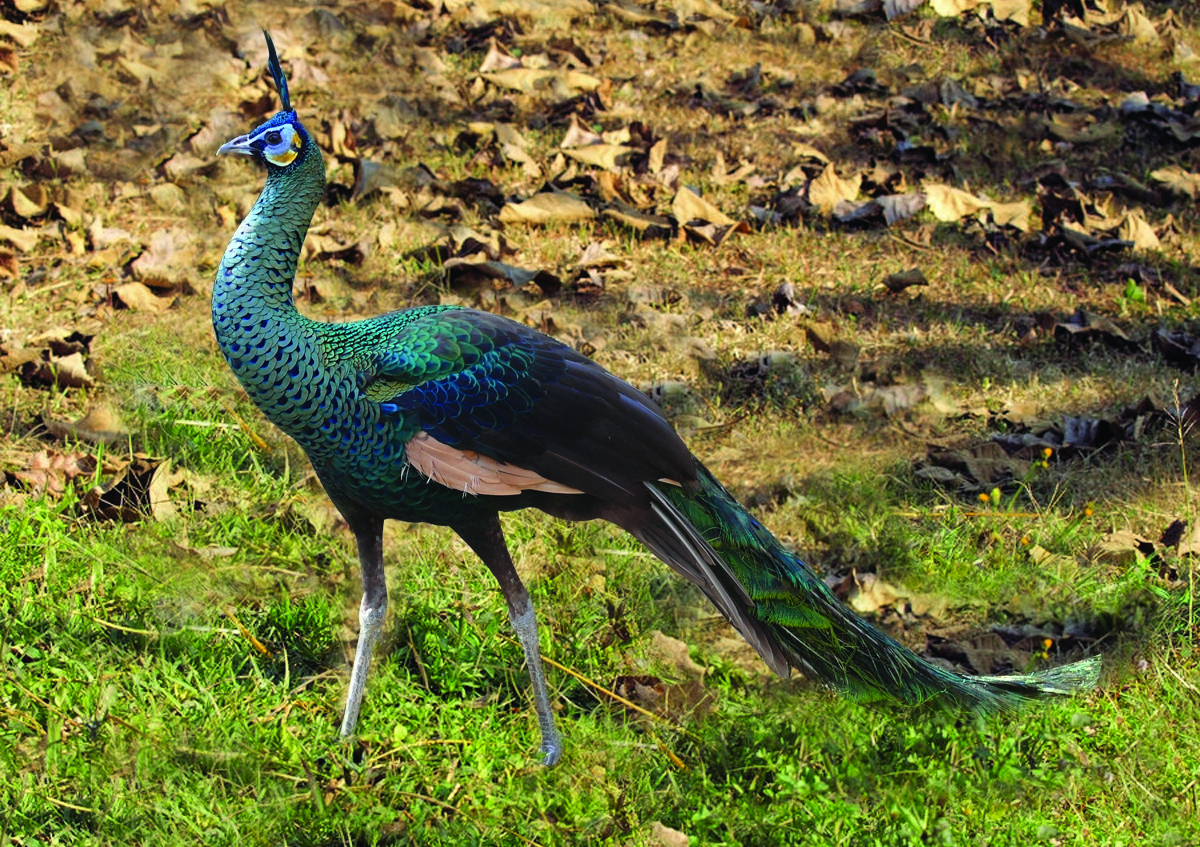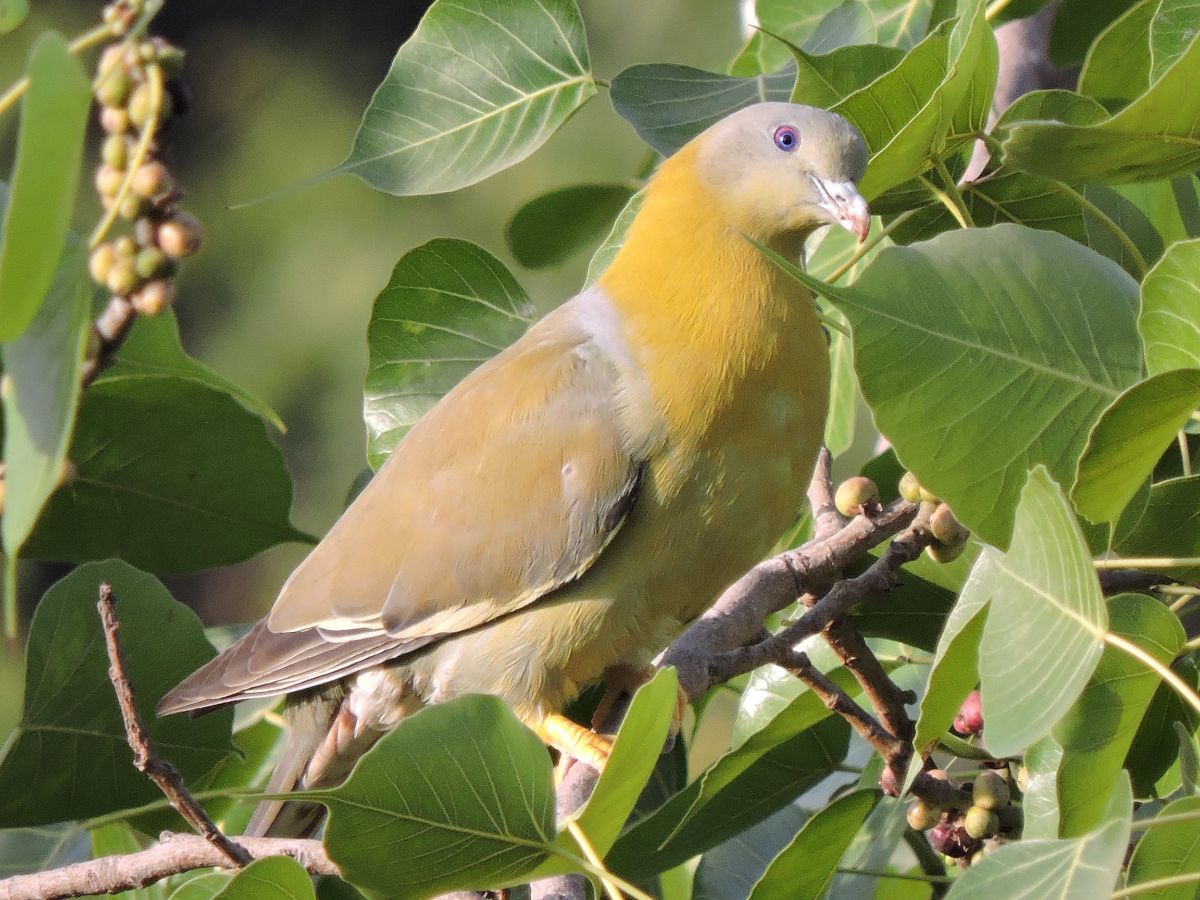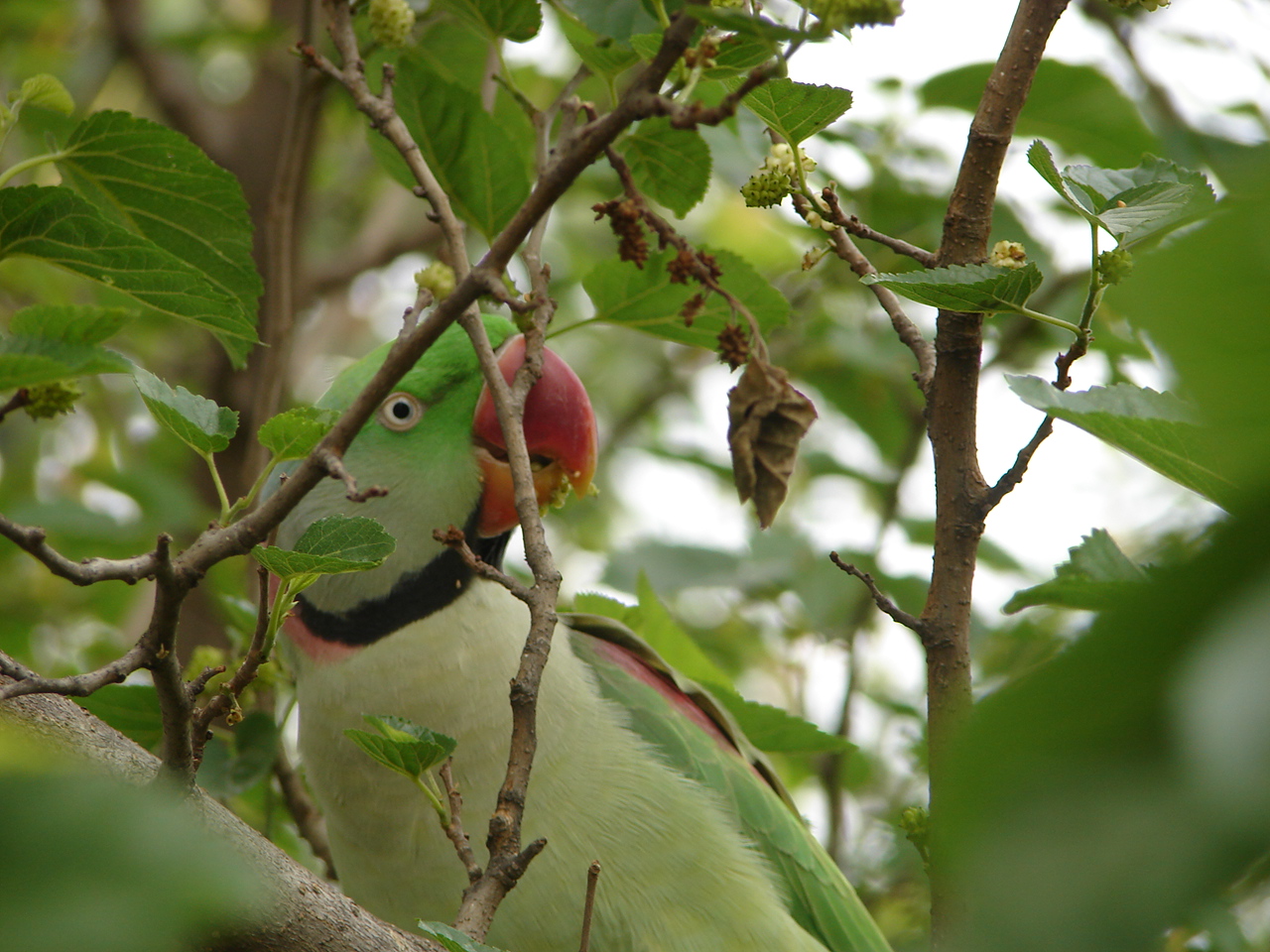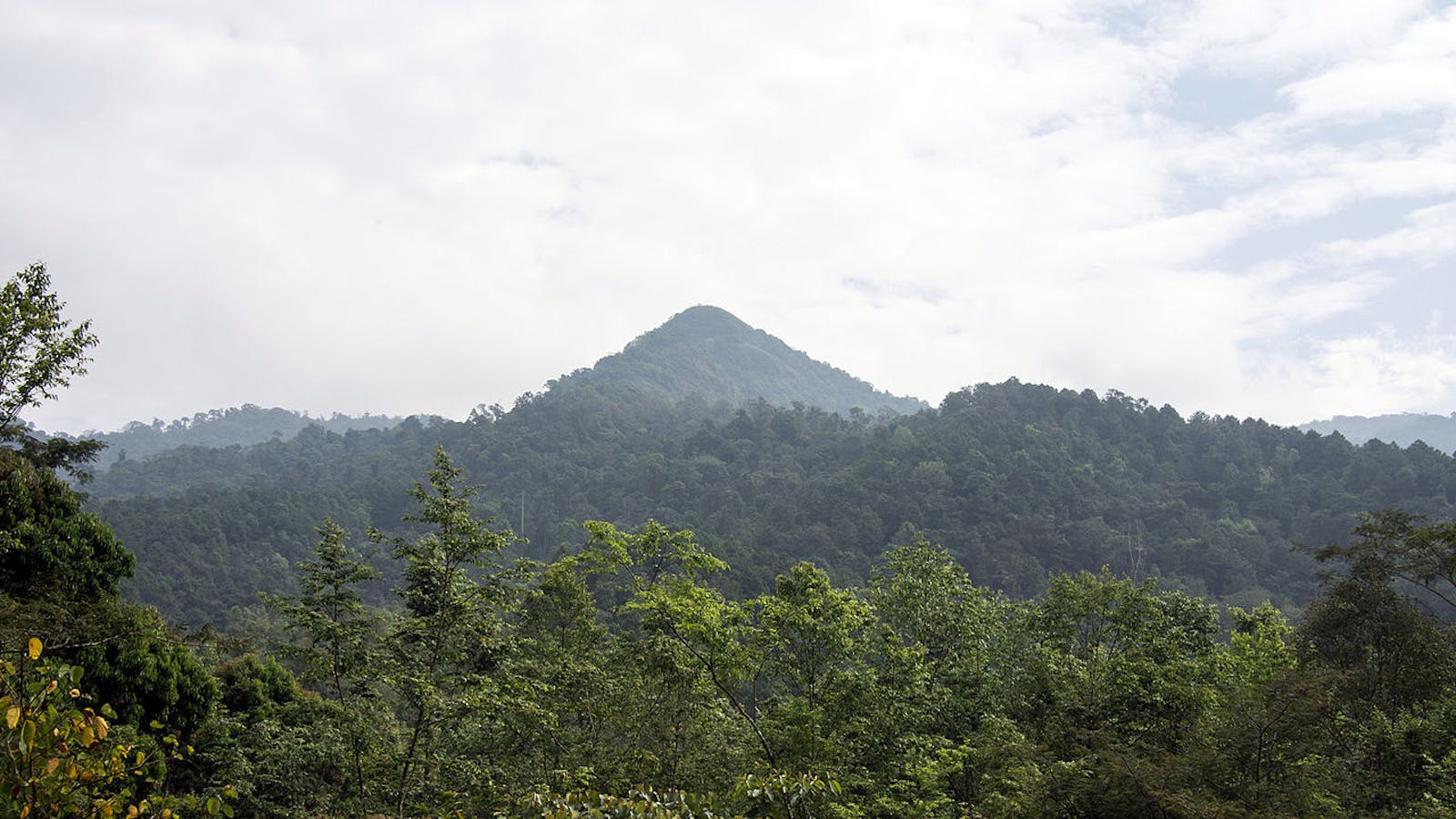Northern Thailand-Laos Moist Deciduous Forests
The ecoregion’s land area is provided in units of 1,000 hectares. The conservation target is the Global Safety Net (GSN1) area for the given ecoregion. The protection level indicates the percentage of the GSN goal that is currently protected on a scale of 0-10. N/A means data is not available at this time.
Bioregion: Indochina Mixed Forests & Peatlands (IM12)
Realm: Indomalaya
Ecoregion Size (1000 ha):
4,224
Ecoregion ID:
258
Conservation Target:
48%
Protection Level:
4
States: Laos, Thailand
The deeply-incised and rugged limestone karst mountains of northern Thailand are the refugia for a diverse community of small mammals. Some of these populations are isolated in these mountains and have evolved separately enough to be considered endemic species. Limestone karst mountains consist of sedimentary calcium carbonate outcrops, usually formed as oceanic corals before tectonic activity raised them high above sea level.
The mountains are characterized by tall precipitous cliffs and caves that provide habitat for small animals that have evolved to become habitat specialists. Because karst limestone is extensively mined, these habitats with a diverse and endemic fauna and flora have been referred to as “imperiled Arks of biodiversity.”

The flagship species of the Northern Thailand-Laos Moist Deciduous Forests ecoregion is the green peafowl. Image credit: Raju Kasambe, Creative Commons
The Northern Thailand–Laos Moist Deciduous Forests ecoregion includes the limestone karst mountains in northern Thailand and Laos. In Thailand, the steep hill slopes, alternating with narrow valleys are the upper watersheds for the Ping, Wang, Yom, and Nan rivers that become confluent with the Chao Phraya. In Laos, the rivers that originate from this ecoregion become confluent with the Mekong River. The ecoregion receives between 1,000 and 1,200 mm of rainfall annually, and temperatures range from around 20°C to 32°C.
The forests are dominated by Tectona grandis, or teak, which is a highly prized timber tree. Associated species include Xylia xylocarpa, Pterocarpus macrocarpus, Millettia brandisiana, Lagestroemia cochinchinensis, Bombax kerrii, and Afzelia xylocarpa. Bamboo groves are common where human disturbance is high. This region is also a center for diversity of species of bananas, with new species being discovered and described even recently.

Yellow-footed pigeon. Image credit: Harvinder Chandigarh, Creative Commons
About 20% of the ecoregion is formally protected, but these reserves are clustered in the southwestern areas of the ecoregion. Despite the protection the forests are mostly devoid of wildlife because of pervasive hunting to meet the international market demand and for local consumption. The larger charismatic species such as tigers have been extirpated. Small refuge populations of Asian elephants, banteng, and gaur still cling to survival in a few sites, although these populations are too small to be ecologically and genetically persistent.
The Ping River used to support important riparian bird communities, but large areas were submerged by the Bhumibol Dam in the early 1960s, changing the habitat for species associated with flowing water. Threated birds such as green peafowl used to be widespread, but are now confined to a few isolated populations, mostly in the protected areas. Overall, the bird communities have been greatly affected by the loss of large trees and forest degradation. For instance, forest and fruiting tree-dependent species such as green imperial pigeon, yellow-footed pigeon, red-breasted parakeet, and Alexandrine parakeet that were once widespread and common are now confined to small areas.

Alexandrine parakeet. Image credit: Creative Commons
The valleys of this ecoregion have been cleared and cultivated for centuries, but swidden along the mountain slopes is relatively more recent. In Thailand, the itinerant hill tribes such as the Hmong and Yao, who used to cultivate upland rice and opium, have now settled permanently, including in protected areas, and are now cultivating coffee, cotton, and fruit at commercial scales. Commercial teak plantations are replacing natural forests. Swidden, regular fires, and consequent erosion are degrading the hill slopes, preventing regeneration.
Thus, the recommended priority conservation interventions are to: 1) secure the existing clusters of protected areas and begin restoration with community engagement; 2) address illegal hunting; and 3) explore a system of payments for ecosystem services from downriver users for conserving critical upper watersheds of the Chao Phraya River.
Citations
1. Wikramanayake, E, E. Dinerstein, et al. 2002. Terrestrial Ecoregions of the Indo-Pacific: A Conservation Assessment. Island Press.
2. Critical Ecosystems Partnership Fund. 2012. Ecosystem Profile. Indo-Burma Biodiversity Hotspot. 2011 Update. https://www.cepf.net/Documents/final.indoburma_indochina.ep.pdf Accessed Dec 2017.
3. Greater Mekong Subregion Atlas of the Environment. 2nd ed. Asian Development Bank. 2012. https://www.adb.org/sites/default/files/publication/30074/gms-atlas-environment-2nd-edition.pdf. Accessed Dec 2017.



